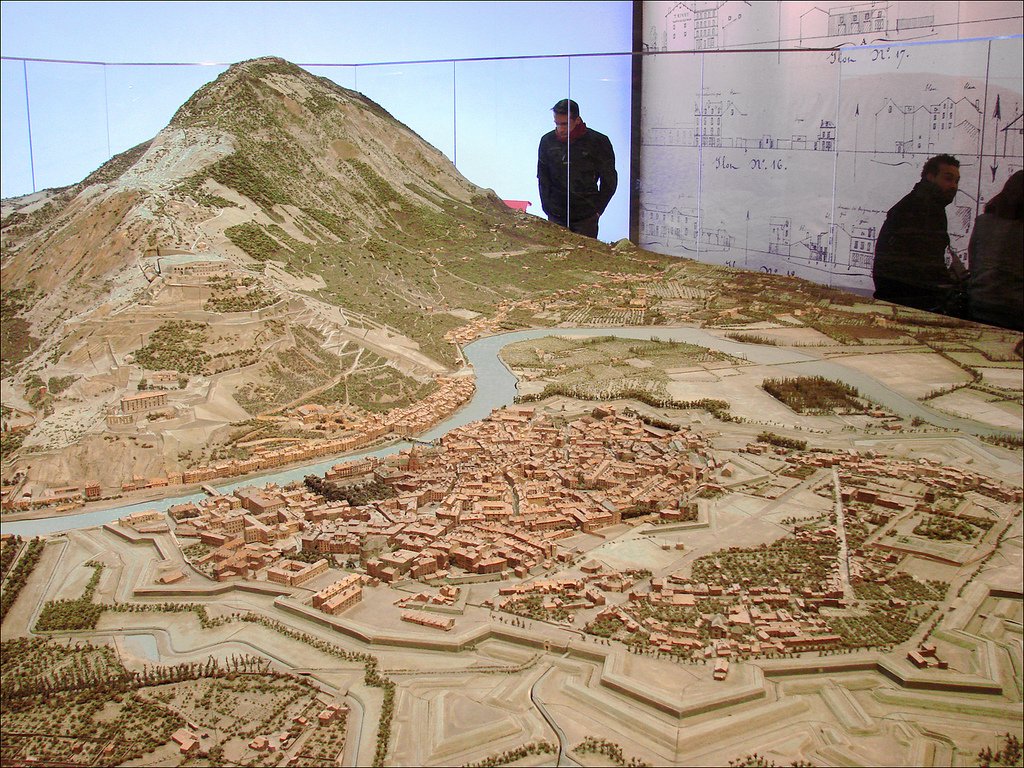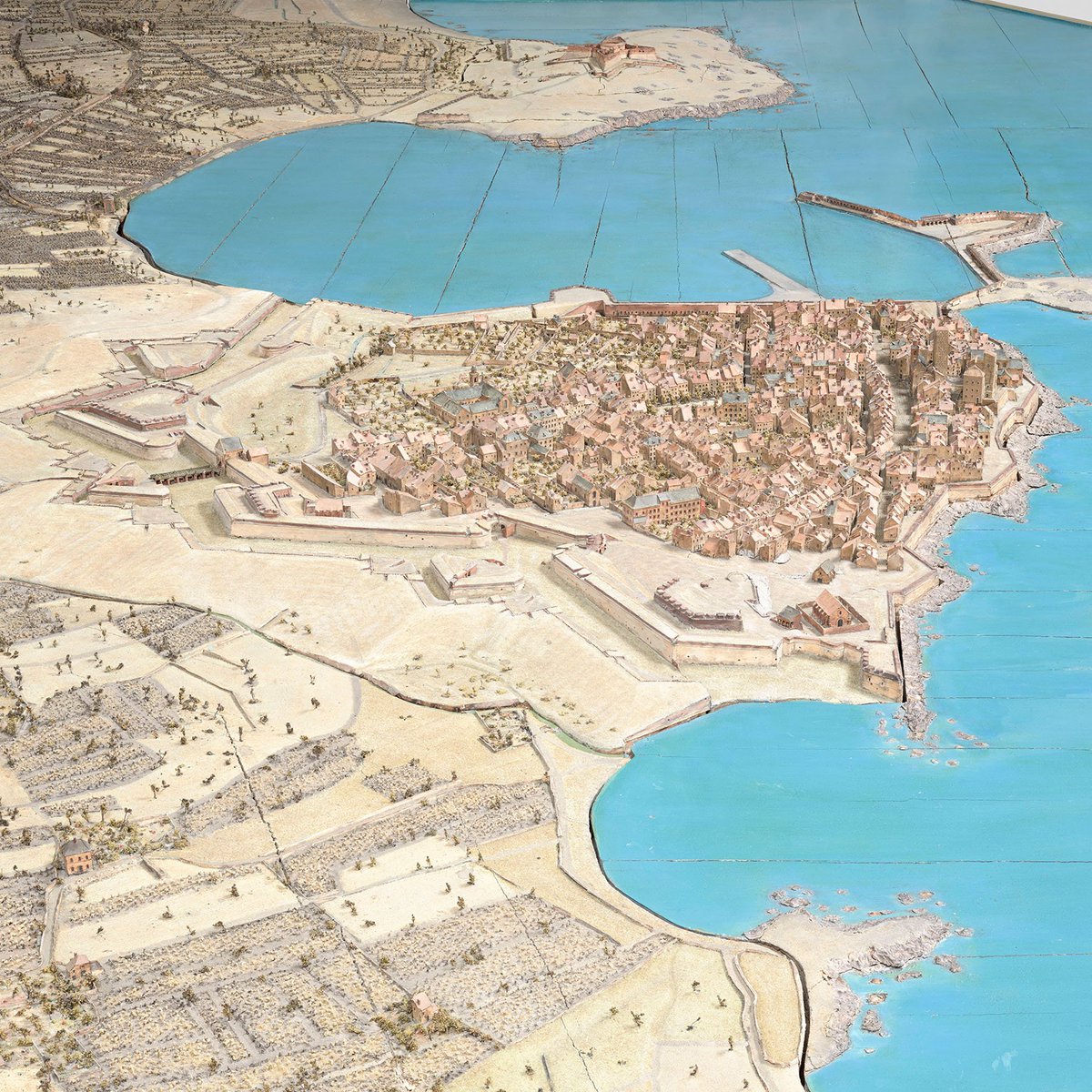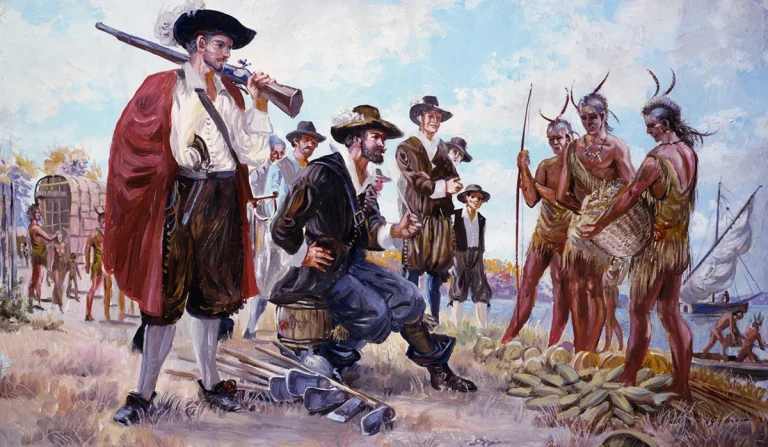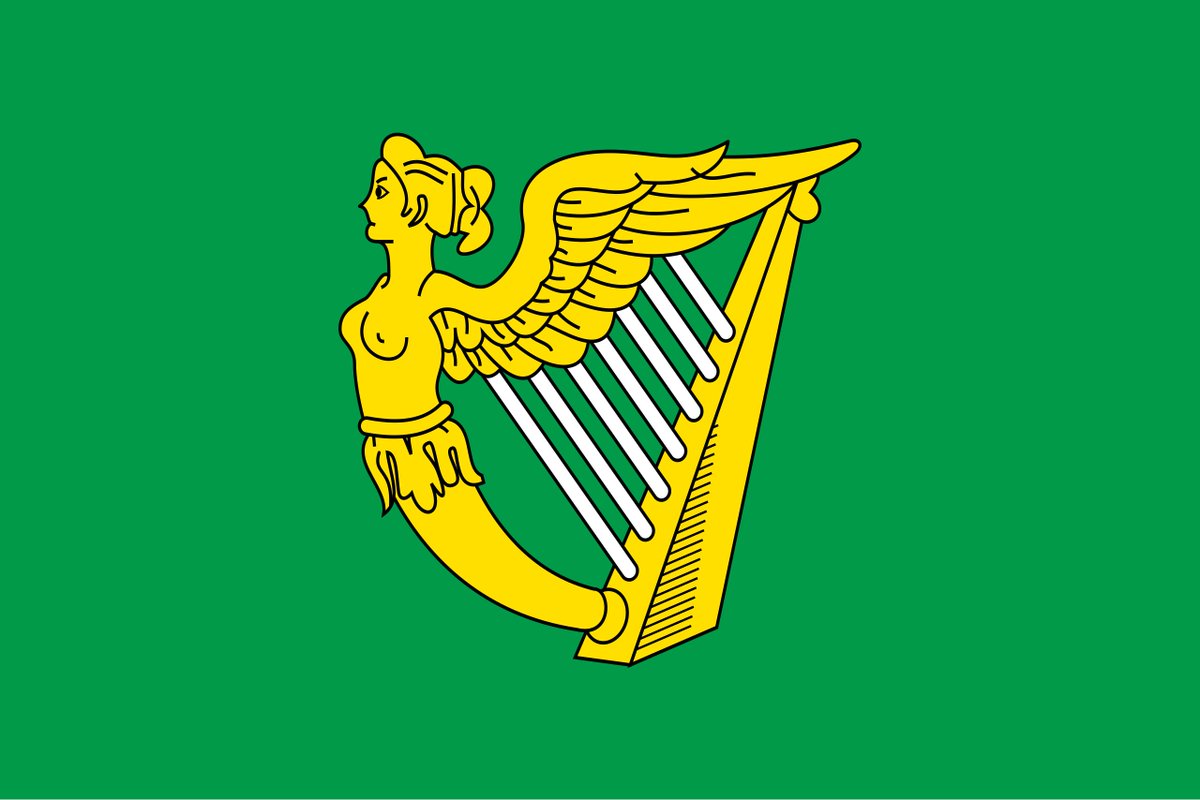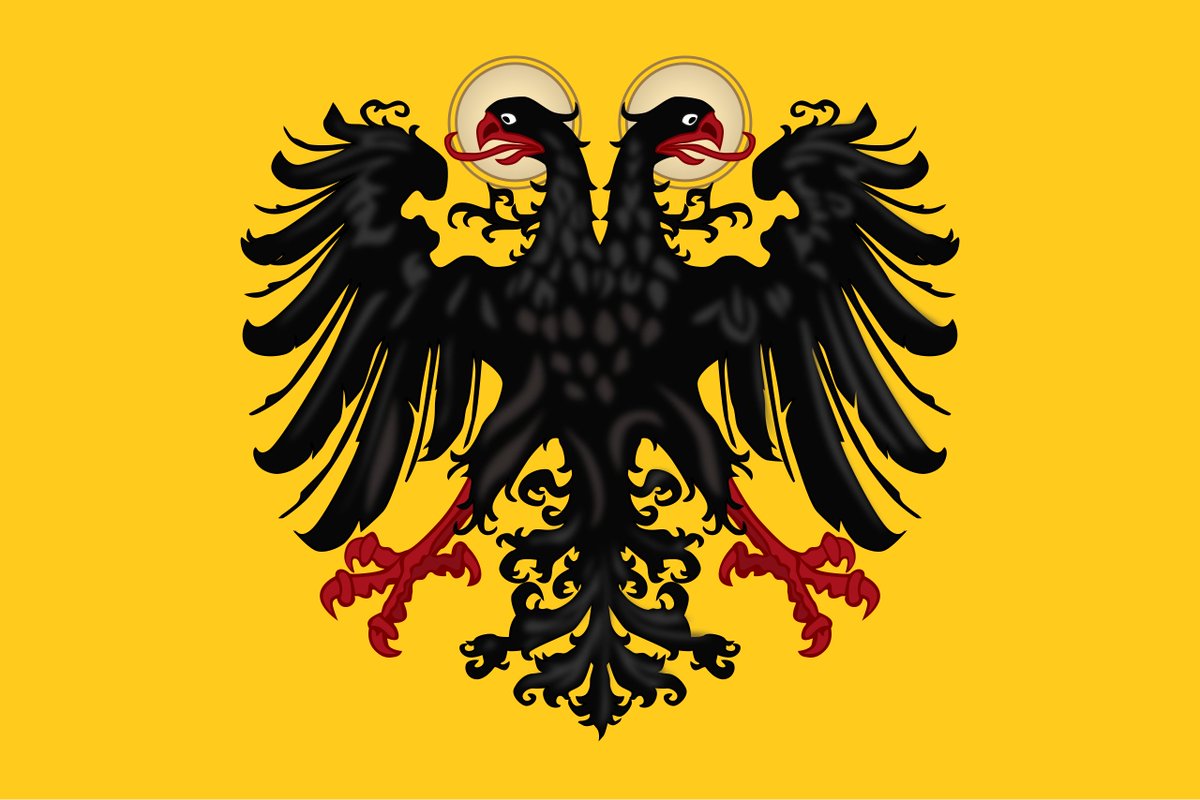Medieval noblemen were raised by their mothers, servants and tutors. Often they were sent to some other noble household when they were 7 years old to train as knights there and establish connections.
Their fathers were not expected to play any role in upbringing!
THREAD 🧵
Their fathers were not expected to play any role in upbringing!
THREAD 🧵

What people call "traditional family values" today would be foreign to medieval aristocracy, especially the idea that children need to be raised by their fathers.
Medieval noblemen didn't take part in child rearing. This was taken care of by mothers and other women and tutors.
Medieval noblemen didn't take part in child rearing. This was taken care of by mothers and other women and tutors.

Tutors were often chosen by mothers to educate their sons how to read and write, to teach them Latin and basic education.
These were often very strict! Maximilian of Habsburg's tutor bishop Peter Engelbrecht allegedly made him hate science because of his teaching methods.
These were often very strict! Maximilian of Habsburg's tutor bishop Peter Engelbrecht allegedly made him hate science because of his teaching methods.

Urban craftsmen also sent their children to train at other households, placing them under authority of some other family.
Fathers were mainly concerned with getting their children established in life, providing them opportunities for social connections rather than raising them.
Fathers were mainly concerned with getting their children established in life, providing them opportunities for social connections rather than raising them.

The sort of father-son bonding promoted today was not part of medieval culture.
Fathers did not play a significant role in formation of their sons!
From the book From Boys to Men: Formations of Masculinity in Late Medieval Europe by Ruth Mazo Karras:
Fathers did not play a significant role in formation of their sons!
From the book From Boys to Men: Formations of Masculinity in Late Medieval Europe by Ruth Mazo Karras:

The idea that sons have to be raised by their fathers which people now see as "traditional" can be traced to Protestant Reformation.
Protestants redefined the role of father as that of a religious educator.
Protestant fathers would be present at the births of their children.
Protestants redefined the role of father as that of a religious educator.
Protestant fathers would be present at the births of their children.

This was then gradually adopted by Catholics after Counter-Reformation, like many other originally Protestant attitudes.
So the sort of patriarchal nuclear family people describe as "traditional" and often project into middle ages was really only brought forth by Protestantism.
So the sort of patriarchal nuclear family people describe as "traditional" and often project into middle ages was really only brought forth by Protestantism.

Protestants also preached strict upbringing and fathers were expected to enforce it as mothers were considered too gentle for the task.
Protestantism in many ways placed family at the center of religious life rather than the church. Fathers were supposed to lead it.
Protestantism in many ways placed family at the center of religious life rather than the church. Fathers were supposed to lead it.

But these attitudes were not really copied by aristocracy.
Among other things their warrior role prevented them from being babysitters for their children at home.
For example Eugene of Savoy's father was an officer and he barely ever saw him.

Among other things their warrior role prevented them from being babysitters for their children at home.
For example Eugene of Savoy's father was an officer and he barely ever saw him.


I have to admit, for me it's really amusing to see conservatives push this very modern idea that sons need to be raised by their fathers to be "tough" and "manly" because growing up with an "absent father" was the norm for historic warrior aristocracy. And they were quite tough! 

But the Protestant ideal of fatherhood prevailed in modern West and was adopted in secular era with nationalism and anti-aristocratic attitude of 19th century.
In newly formed nation-states, fathers were expected to raise "morally strong sons" to "defend the nation".
In newly formed nation-states, fathers were expected to raise "morally strong sons" to "defend the nation".

However as these nationalist views on masculinity failed and were replaced by modern liberalism, you now see this criticism how society is "becoming weak" because "men are not raised by their fathers".
But this was really the norm for most history of European civilization.
But this was really the norm for most history of European civilization.

A lot of this seems to be based on a stereotype that women are supposedly naturally more "pacifist" in upbringing but if you look at the medieval history this isn't true at all.
Mothers were often very fierce in promoting warrior values to their sons, encouraging them to fight.
Mothers were often very fierce in promoting warrior values to their sons, encouraging them to fight.

For example Eleanor of Portugal constantly reminded her son future Emperor Maximilian that he needs to be more warlike than his timid father.
Richard the Lionheart was raised by his fierce mother Eleanor of Aquitaine and had no influence from his father whom he fought against.
Richard the Lionheart was raised by his fierce mother Eleanor of Aquitaine and had no influence from his father whom he fought against.

Noblewomen were not detached from values of warrior aristocracy. While they were not trained to fight, they understood the warlike medieval society and made sure their sons understood it as well.
They often held very powerful positions themselves, even leading war campaigns.
They often held very powerful positions themselves, even leading war campaigns.

There were medieval noblewomen who had a really forceful personality, most famously "the Tigress of Forlì" Caterina Sforza, "the Lioness of Brittany" Jeanne de Clisson and Joanna of Flanders "Jeanne la Flamme". They would not shy away from personally leading their troops. 

But like I said people like project the modern concept of "traditional family values" to middle ages. This includes both those who hate and those who idealize middle ages. So some things can be very shocking and unexpected to people. 



• • •
Missing some Tweet in this thread? You can try to
force a refresh


